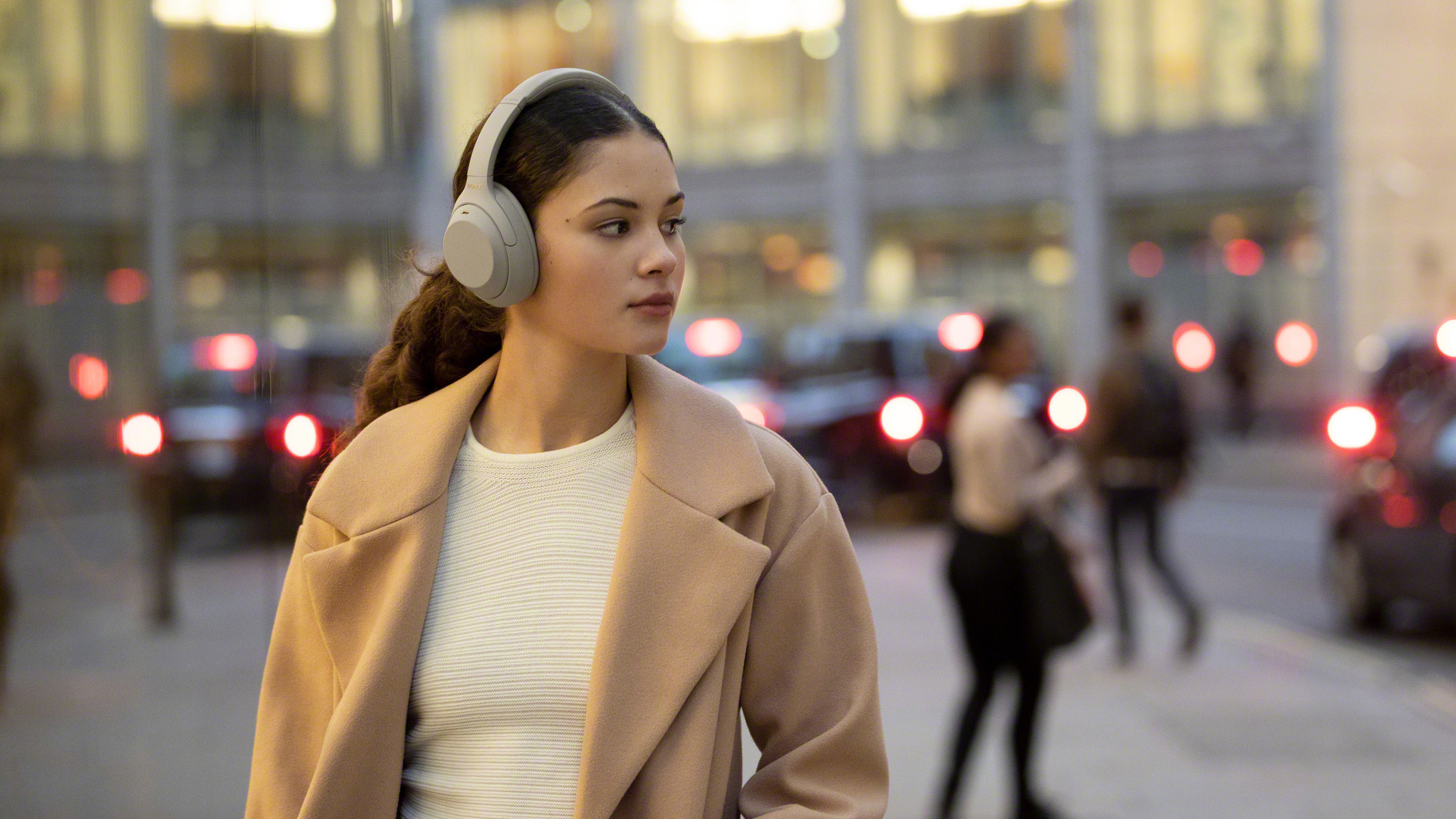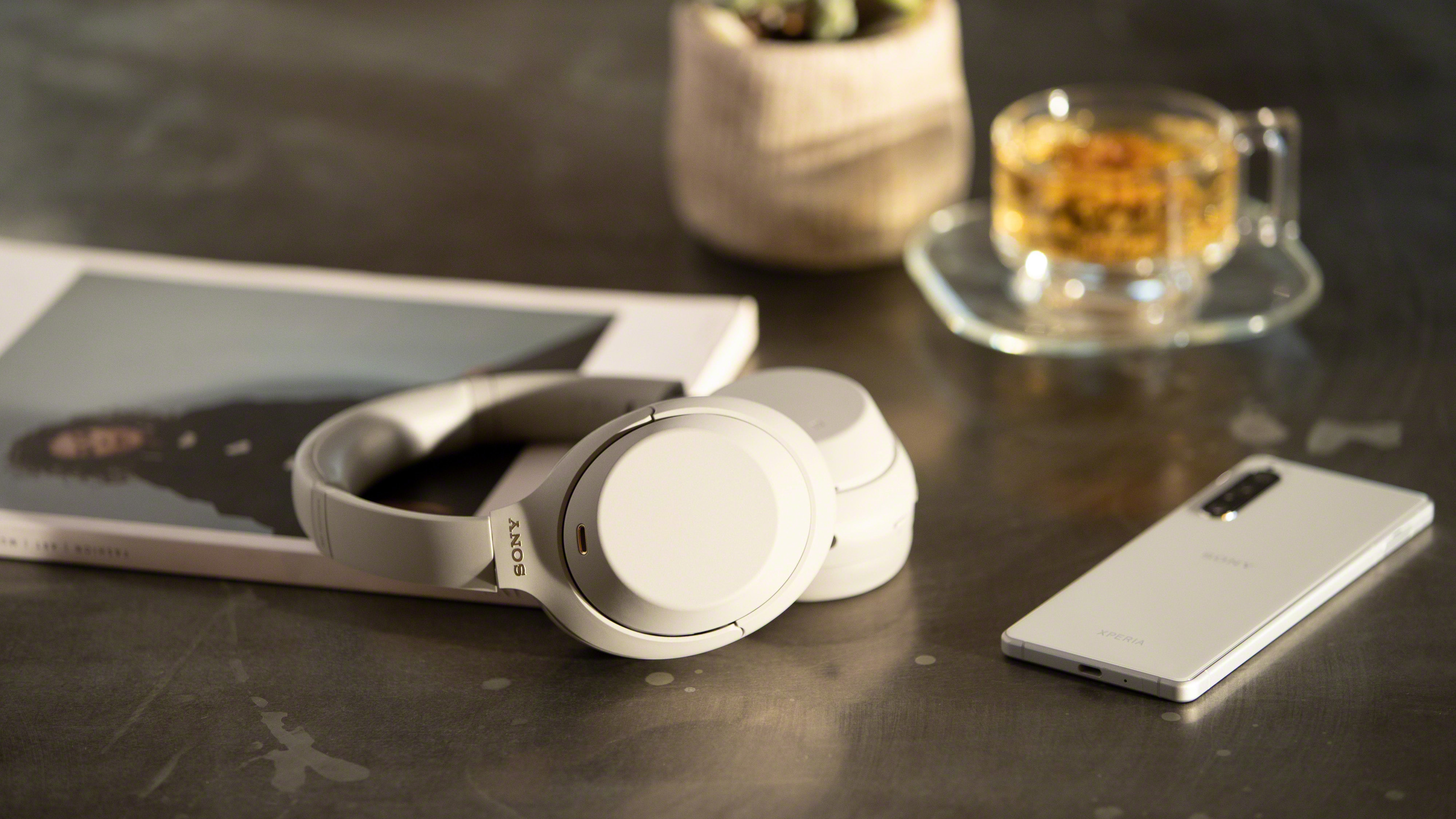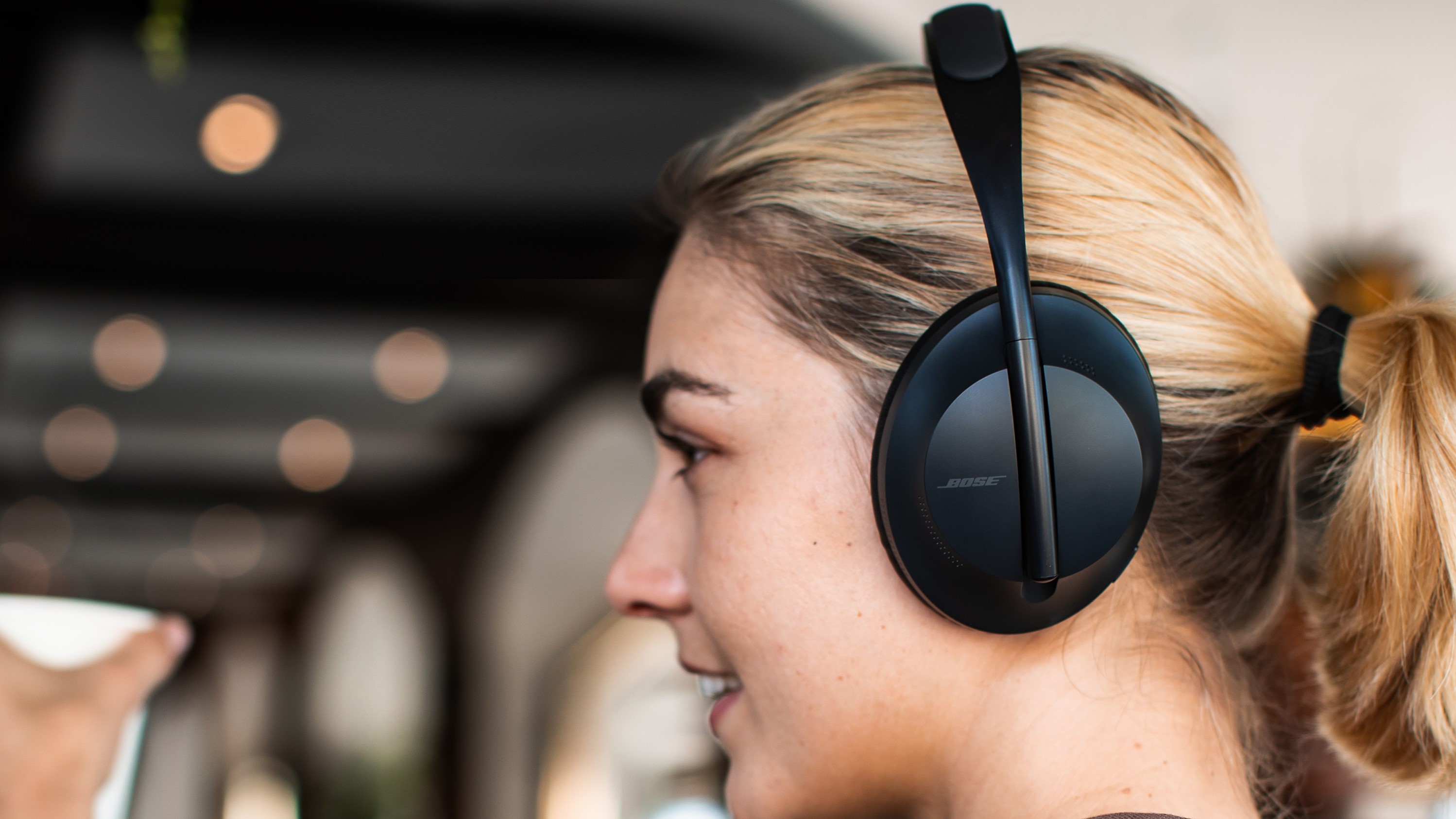Sony WH-1000XM4 vs Bose Noise Cancelling Headphones 700: which over-ears are best?
The noise-cancelling headphones go head to head

If you’re looking for the best noise-cancelling headphones there are two brands you need to know about: Sony and Bose. They’re not the only headphone makers around, but they tend to dominate the market.
Over the past few years, Sony has been the brand to beat. In 2020, it released the Sony WH-1000XM4 headphones. These are an excellent pair of over-ear headphones – just like their predecessors, the WH-1000XM3 – with clever noise cancellation and brilliant audio quality for the price. That’s why they remain in the top spot on our best noise-cancelling headphones of 2022 list two years later.
However, that doesn’t mean you should discount Bose headphones. The Bose Noise Cancelling Headphones 700 also came our in 2020 and they’re a fantastic pair of over-ears in their own right, with a striking design that sets them apart from anything Sony’s made in the last few years. They come third in our pick of the best noise-cancelling headphones – behind Sony’s XM3 and XM4 headphones.
Because both pairs of headphones are two years old now, they’re often available for a discount. At the time of writing, you could get them both with more than £100/$100 knocked off the RRP and you can pick up a pair of the Bose Noise Cancelling Headphones 700 for less than Sony’s WH-1000XM4s.
But price isn’t everything, which is why this guide will help you make an informed decision and choose the very best noise-cancelling headphones for your needs.
What’s good about the Sony WH-1000XM4 Wireless Headphones?

Fantastic audio quality
The sound of the Sony WH-1000XM4 headphones is largely unchanged compared to the XM3s that came before them – but that’s no bad thing.
Get daily insight, inspiration and deals in your inbox
Sign up for breaking news, reviews, opinion, top tech deals, and more.
40mm drivers deliver a warm, balanced sound, with clear and powerful bass frequencies and a wide soundstage that allows you to hear every detail of your music. There’s support for Sony’s 360 Spatial Audio, which, if you can access the format’s limited library, makes it seem as though you’re sitting in the middle of a full surround sound system.
There’s also support for Sony’s LDAC music codec, which provides lots of detail over a wireless connection.
And, if you’re listening to more lossy codecs, the introduction of DSEE Extreme, an AI-driven process does a good job of restoring detail to compressed formats.
Improved noise cancellation
The noise cancellation offered by the Sony WH-1000XM3 headphones was already excellent, but the XM4s are even better at blocking out environmental sound. That’s thanks to an improved algorithm that’s capable of analyzing and tweaking the sound profile in real time – up to 700 times a second.
Like the Sony WH-1000XM3s, an Adaptive Sound Control feature senses where you are and adjusts the level of noise cancellation in response. As Sony explains, "over time, Adaptive Sound Control learns to recognize locations that you frequently visit such as your workplace, gym or favorite café, and tailors sound to suit the situation."
Multipoint connectivity
Sony released an update to the XM4 headphones in late 2020 that now allows you to pair them with multiple devices.
Not only does this mean you can connect to two devices at the same time, it also lets you seamlessly switch between devices if you have more than two you regularly pair with. The headphones remembers all of these devices and selects the next available device, dropping whichever device is unavailable.
Comfortable design
There aren’t any major differences in the design of the XM3s and the new WH-1000XM4s (aside from being one gram lighter), and again, that’s not a bad thing. Their comfortable, lightweight feel, means you can wear the Sony WH-1000XM4 headphones for long periods of time without discomfort, while the thin headband stops your head from overheating.
Speak-to-Chat
If you need to have a quick conversation, a new Speak-to-Chat feature means you can simply start speaking and the headphones will stop your music and allow ambient sound to pass through the earcups – handy if you're in a hurry.
Saying that, you might find yourself unable to sing with your headphones on without your music stopping; if that’s the case, you’ll be pleased to know this feature is optional.
- The best wireless headphones 2022: our pick of the best ways to cut the cord
What’s good about the Bose Noise Cancelling Headphones 700?

Great sound
With a vibrant, lively character and well-balanced soundstage, the Bose Noise Cancelling Headphones 700 deliver excellent audio quality that nearly matches up to the Sony WH-1000XM4. Listening with these headphones, you’ll be able to pick out lots of detail in your favorite songs, as well as enjoying punchy bass frequencies that don’t muddy the sound.
Innovative noise cancellation
The Bose Noise Cancelling Headphones 700 apply noise cancellation to your surroundings, as well as your voice when you’re making phone calls, so whoever you’re talking to will be able to hear you loud and clear.
When it comes to blocking out environmental sound, there are 11 different levels of noise cancellation to choose from – and even when using the highest setting, these headphones don’t give you that uncomfortable suction-like feeling.
Unique design
The Bose Noise Cancelling Headphones 700 are crafted around a stainless steel headband. Seamlessly transitioning from a flat to a cylindrical shape, the headphones can be adjusted by simply sliding the earcups up and down the headband, which avoids breaking the smooth lines of the design with clunky sliders.
They look quite unlike any other headphones on the market right now, so if you want to stand out from the crowd with a chic design, these cans are for you.
Clear microphones
As we mentioned, these headphones are capable of applying noise cancellation to your voice, and the result is that your voice sounds crystal clear during calls and when summoning your devices voice assistant.
Two of the eight microphones on the Bose Noise Cancelling Headphones 700 are paired with two separate mics, which work together to isolate your voice and reject environmental noise during phone calls. This means that your voice sounds clearer to the person on the end of the line, with less background noise getting in the way of your conversation.

Verdict
Both the Sony WH-1000XM4 headphones and the Bose Noise Cancelling Headphones 700 are brilliant choices, offering great sound, best-in-class noise cancellation, and comfortable designs.
However, when it comes to pure audio fidelity, the Sony WH-1000XM4 are the clear winners – and extra features like Speak-to-Chat and multi-point connectivity just enhance these over-ear headphones, which is why they're still our top choice for the best noise-cancelling headphones, as well as the best headphones of 2022 more generally.
They also provide the most accomplished noise cancellation technology, thanks to the XM4’s ability to analyze and adapt to their surroundings up to 700 times per second.
That being said, the unique design of the Bose Noise Cancelling Headphones 700 may be enough to lure fashion-conscious music lovers away from the Sony cans, which, while comfortable, don’t exactly stand out from the crowd.
The Bose headphones are also great for making calls with, thanks to their innovative microphone array that applies noise cancellation to your voice.
So, while we’d recommend the Sony WH-1000XM4 Wireless Headphones over just about any other headphones on the market right now, you won’t go wrong if you opt for the Bose instead – and, it’s still well worth checking out the Sony WH-1000XM3s, which are often included in sales and reduced now that they’ve been usurped by the XM4s.
- Sony WH-1000XM4 vs Sony WH-1000XM3: which Sony cans are best?
Olivia was previously TechRadar's Senior Editor - Home Entertainment, covering everything from headphones to TVs. Based in London, she's a popular music graduate who worked in the music industry before finding her calling in journalism. She's previously been interviewed on BBC Radio 5 Live on the subject of multi-room audio, chaired panel discussions on diversity in music festival lineups, and her bylines include T3, Stereoboard, What to Watch, Top Ten Reviews, Creative Bloq, and Croco Magazine. Olivia now has a career in PR.
